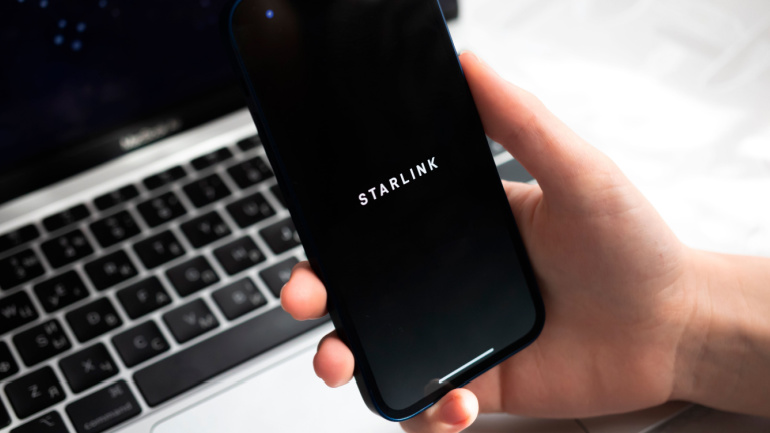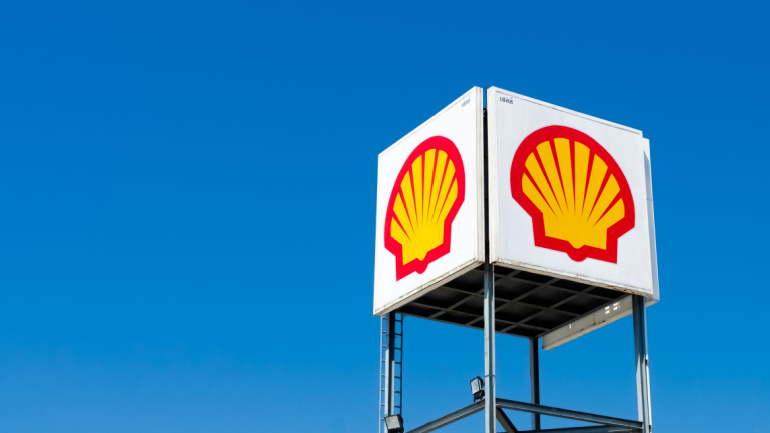EPB, the city-owned broadband provider, has launched a new 2.5-gig residential internet service, expanding its symmetrical speed offerings on the fiber optic network. Priced at $97.99 per month, the 2.5-gig service comes with the installation of EPB’s Wi-Fi 6e router and is available across the service area. VP Katie Espeseth emphasized EPB’s commitment to diversifying network options, with an eye on providing service up to 25-gig.
The FCC recently reiterated its denial of Starlink’s bid to gain nearly $900M in support from the Rural Digital Opportunity Fund program. Despite Starlink’s impressive technology, FCC Chairwoman Jessica Rosenworcel questioned the wisdom in subsidizing the still evolving tech until 2032. Starlink had initially received the lofty sum in a 2020 auction but was later deemed inadequate in verifying its capabilities.
ITU announced a 6G framework, advancing global standards with a focus on spectrum bands, capabilities, and use cases. Eutelsat OneWeb and Imperial College are teaming up to transform space weather monitoring. Google launched Gemini AI model with flexibility to process diverse data types. SoftBank acquires 51% of Cubic Telecom, forming a strategic partnership for software-defined connected vehicles.
In a remarkable feat of engineering, Openreach, the UK’s leading digital network provider, is illuminating approximately 60,000 new premises every week, equivalent to the size of Tunbridge Wells in Kent. With a commitment to a £15 billion investment, the company aims to connect 25 million buildings by 2026, with a subsequent target of 30 million by the end of 2030.
Elliott Investment Management criticizes Crown Castle’s underperformance, pushing for an overhaul, including a new leadership team and board. Boldyn Networks activates a ‘small cell’ near King’s Cross, partnering with EE to boost coverage and speed in London. AWS expands Amazon Bedrock with new generative AI features, including leading models, customization options, and safeguards. Windstream’s Kinetic is launching a $32.5 million fiber project in Georgia, partnering with an electric cooperative, aiming to connect 17,000 homes and businesses in Colquitt County.
Indosat Ooredoo Hutchison’s recent acquisition of MNC Play marks a strategic expansion into the fibre-to-the-home market, promising new options for customers and advancement in Indonesia’s digital transformation. Inclusion of MNC Play’s fibre optic network into the IOH portfolio fortifies their position in the market.
In a significant move, Australia has auctioned off 3.4 GHz and 3.7 GHz spectrum bands, amassing a considerable A$722 million. Telstra emerged victorious, with plans to enhance its 5G offerings, notably in rural Australia. However, Telstra’s rivals also secured frequencies, with speculation around their strategic plans. ACMA chair affirmed the benefits of this allocation for digital connectivity and competition, reflecting the shared optimism of telecom regulators and companies.
Shell Energy faces a £1.4m fine imposed by telecom regulator Ofcom for a serious breach in communication service rules. Over 70,000 customers weren’t correctly notified about end-of-contract and best tariff options, a grave misstep underscoring the importance of clear, timely communication in service provision. Substantiating the matter, some customers were even misinformed about costs post-contract, leading to unwarranted overpayments.
The future of high-quality broadband access hinges on fiber investment, with interest spanning government, media, and network operators. Its value is in optimization, sustainability, and compatibility with the future. This technology could reshape industries, from education to smart city initiatives. The European Commission’s ambitious Digital Deco 2030, aiming to extend gigabit services to its entire populace by 2030, reflects global recognition of broadband’s potential in economic growth. Nevertheless, the disparity in gigabit-digital access remains a concern, prompting a focus on all-optical fiber networks. This reality becomes evident with Omdia’s Fiber Development Index (FDI), offering a diverse range of fiber investment metrics.
The monumental $6 billion merger of Indosat Ooredoo and Hutchison 3 Indonesia has quite literally shifted the telecommunications landscape, propelling the newly formed IOH to Indonesia’s second-largest operator. Amid the complexities of combing networks, meticulous planning was key, and despite the odds, the venture has resulted in substantial improvements in service and competitive edge.













